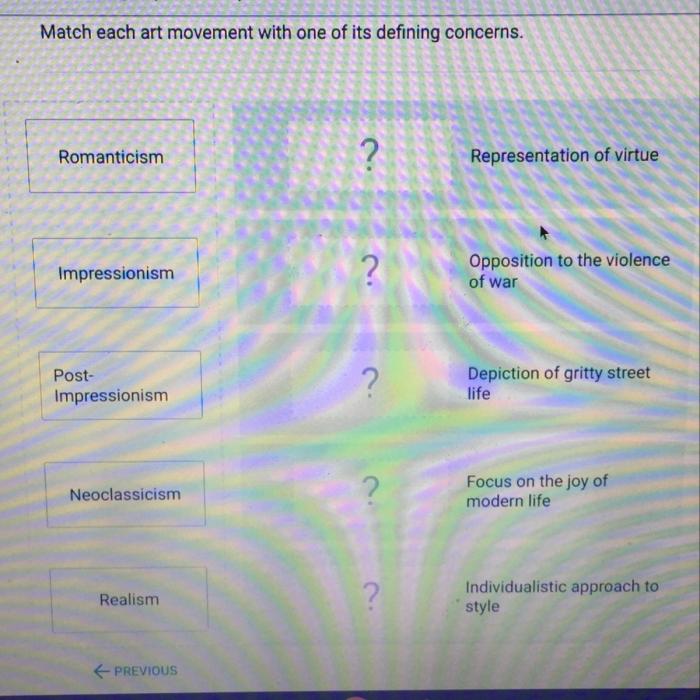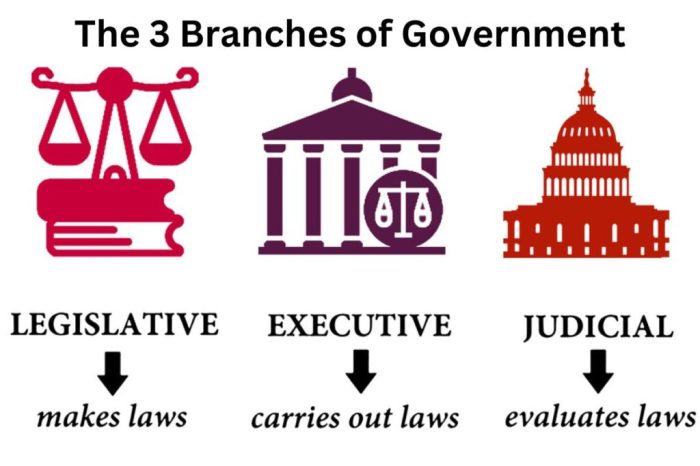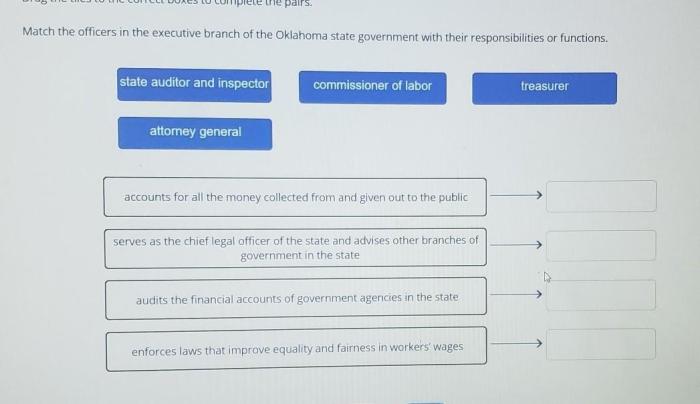Match each legislative act with its chief accomplishment – Matching legislative acts with their chief accomplishments is a critical step in understanding the effectiveness of government policies. By examining the outcomes of past legislation, policymakers can identify what has worked well and what needs improvement. This process is essential for ensuring that future legislation is effective and responsive to the needs of the public.
This guide will provide a comprehensive overview of the process of matching legislative acts with their accomplishments. We will discuss the purpose of this process, the methods for gathering and analyzing data, and the challenges and limitations of this work.
We will also provide examples of how this information can be used to improve the effectiveness of future legislation and promote accountability and transparency in government.
1. Legislative Acts and Their Accomplishments

Matching legislative acts with their chief accomplishments is crucial for understanding the impact of legislation and improving future policymaking. By examining the outcomes of legislative acts, policymakers can assess their effectiveness and identify areas for improvement.
Examples include the Civil Rights Act of 1964, which outlawed discrimination based on race, color, religion, sex, or national origin, and the Affordable Care Act of 2010, which expanded health insurance coverage to millions of Americans.
2. Methods for Matching Legislative Acts with Accomplishments

Matching legislative acts with their accomplishments requires a systematic approach. Researchers can gather information from various sources, including legislative databases, policy reports, and news articles.
Data analysis techniques, such as content analysis and regression analysis, can be used to identify the key outcomes associated with legislative acts.
3. Considerations for Matching Legislative Acts with Accomplishments
Matching legislative acts with their accomplishments presents challenges. Factors such as the complexity of legislation, unintended consequences, and the influence of external events can make it difficult to isolate the impact of a specific act.
It is important to consider the context and intent of legislation when matching it with its accomplishments, as well as to acknowledge the limitations of the matching process.
4. Applications of Matching Legislative Acts with Accomplishments

Matching legislative acts with their accomplishments has numerous applications. It can be used for policy evaluation, improving the effectiveness of future legislation, and enhancing accountability and transparency in government.
By understanding the outcomes of legislative acts, policymakers can make more informed decisions about future legislation and ensure that it meets its intended goals.
5. Example Table of Legislative Acts and Accomplishments: Match Each Legislative Act With Its Chief Accomplishment

| Legislative Act | Year Enacted | Chief Accomplishment | Description |
|---|---|---|---|
| Civil Rights Act | 1964 | Outlawed discrimination based on race, color, religion, sex, or national origin | Landmark legislation that ended legal segregation and discrimination in the United States. |
| Affordable Care Act | 2010 | Expanded health insurance coverage to millions of Americans | Major healthcare reform law that aimed to increase access to affordable health insurance and reduce healthcare costs. |
| Americans with Disabilities Act | 1990 | Prohibited discrimination against individuals with disabilities | Landmark legislation that ensured equal opportunity for individuals with disabilities in employment, public accommodations, transportation, and other areas. |
| Voting Rights Act | 1965 | Protected the right to vote for all Americans | Landmark legislation that outlawed discriminatory practices that prevented African Americans from exercising their right to vote. |
Commonly Asked Questions
What is the purpose of matching legislative acts with their accomplishments?
The purpose of matching legislative acts with their accomplishments is to understand the effectiveness of government policies. By examining the outcomes of past legislation, policymakers can identify what has worked well and what needs improvement.
What are the challenges and limitations of matching legislative acts with their accomplishments?
There are a number of challenges and limitations to matching legislative acts with their accomplishments. One challenge is that it can be difficult to isolate the effects of a single piece of legislation from the effects of other factors, such as economic conditions or social trends.
Another challenge is that the data on legislative outcomes is often incomplete or unreliable.
How can the information from matching legislative acts with their accomplishments be used?
The information from matching legislative acts with their accomplishments can be used in a number of ways. It can be used to evaluate the effectiveness of past policies, to identify areas for improvement, and to make better decisions about future legislation.